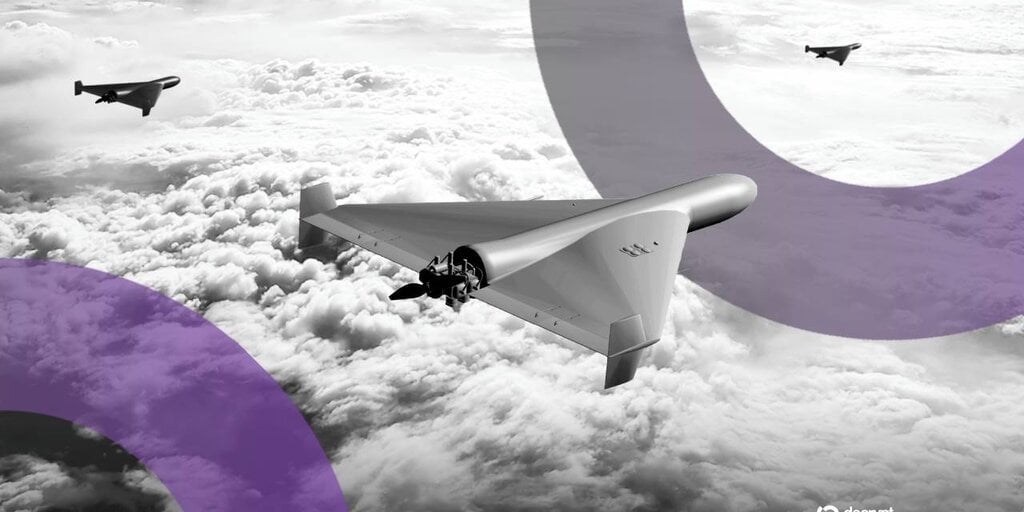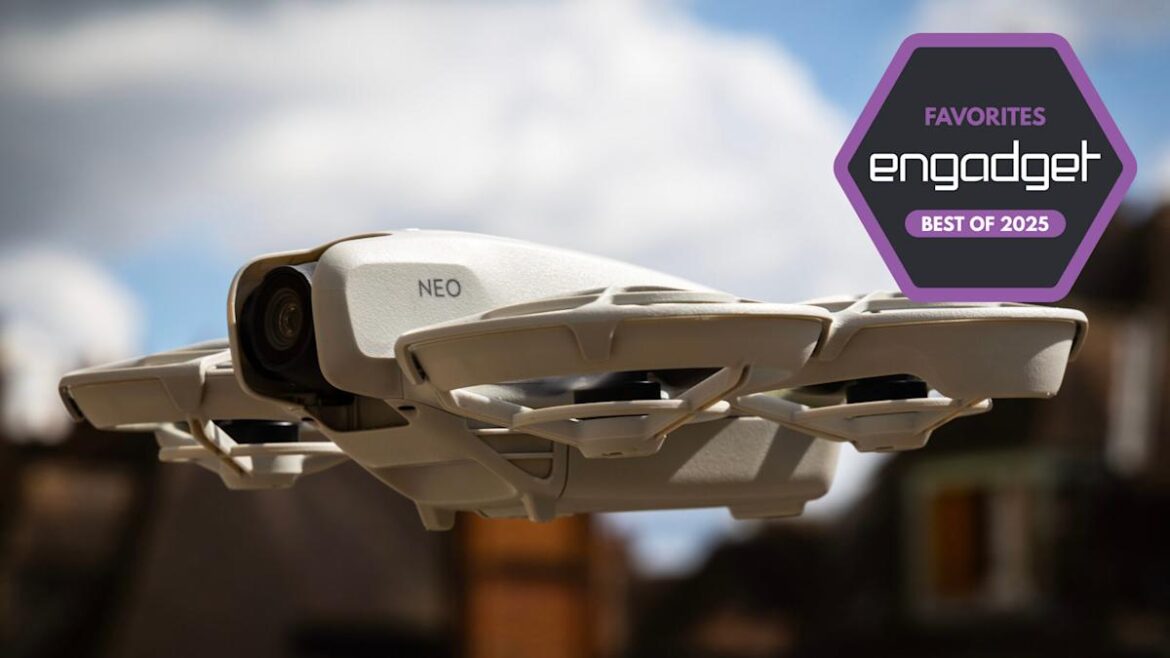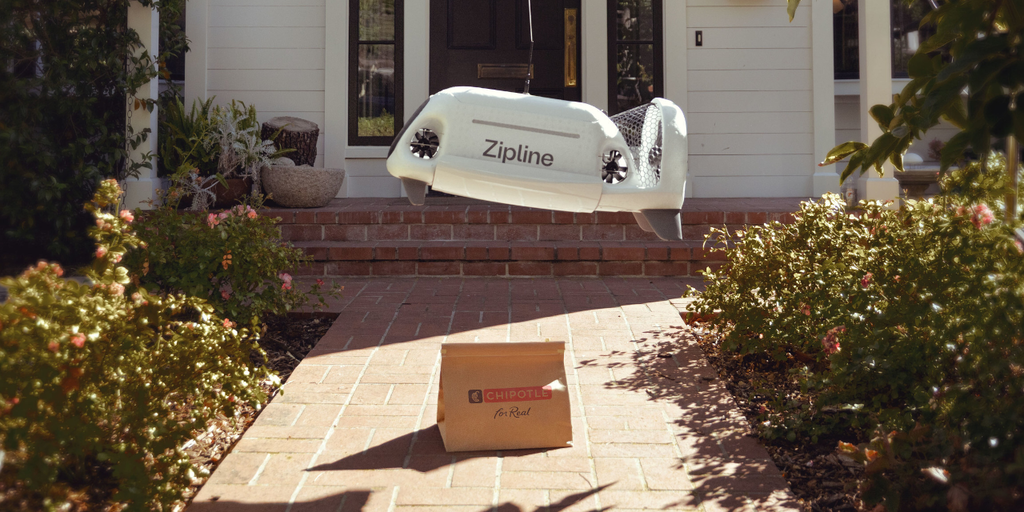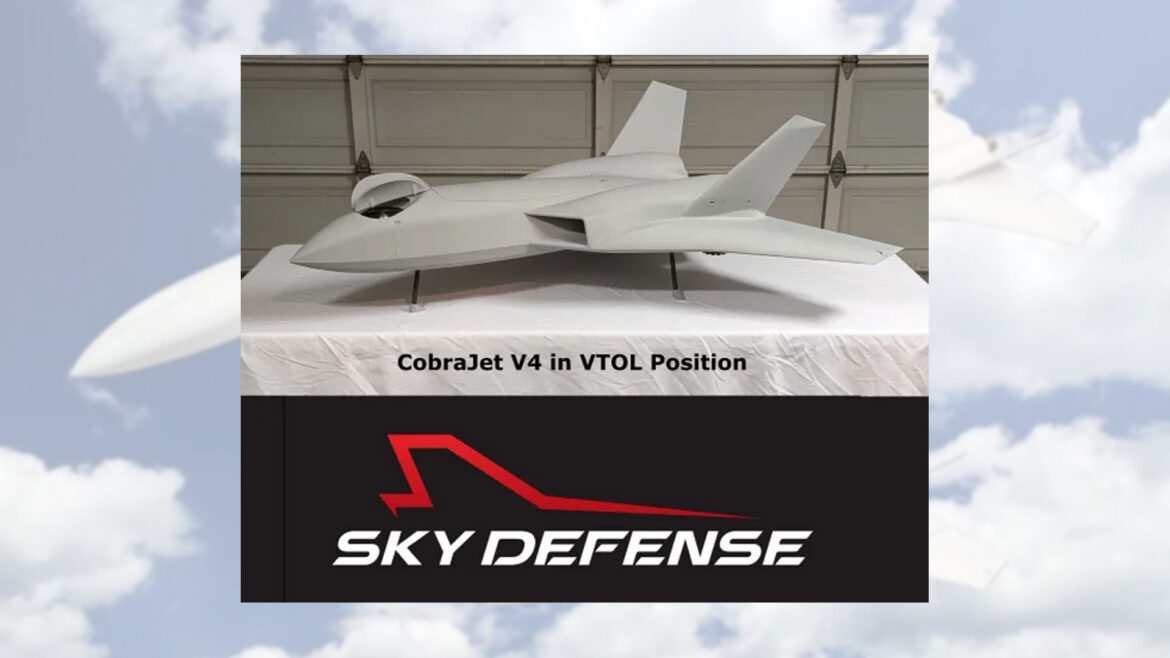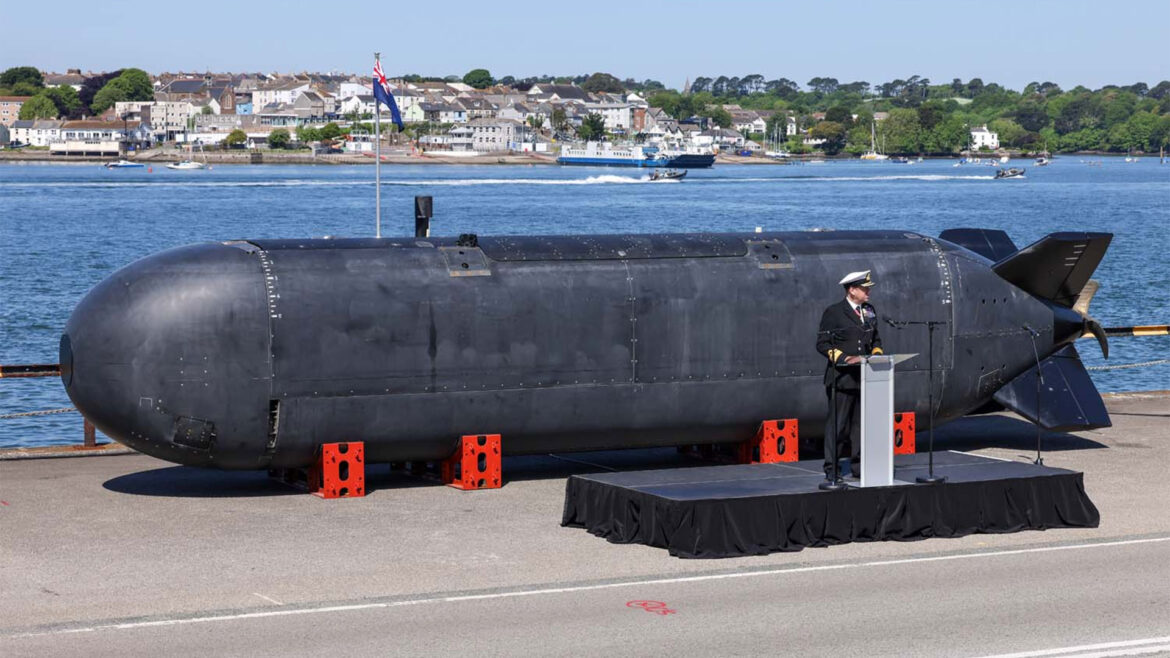In brief
- The U.S. DOJ has filed a civil forfeiture action to recover over $500,000 in USDT from an Iranian national.
- Per the DOJ, Mohammad Abedini is founder of Iranian firm SDRA, which supplies technology used in Iran’s Shahed military drones.
- The USDT tokens were said to be kept in an unhosted cryptocurrency wallet, posing questions over how the seizure could be effected.
The United States Attorney’s Office for the District of Massachusetts has filed a civil forfeiture action to recover approximately $584,741 in Tether (USDT) stablecoins from an Iranian national who provided technology to the Iranian military.
The tokens were said to be kept in an unhosted cryptocurrency wallet, though authorities gave no further details.
Mohammad Abedini, 39, is founder and managing director of San’at Danesh Rahpooyan Aflak Co. (SDRA), an Iranian firm that supplies technology used in drones to the country’s military.
SDRA provides navigation equipment to the firm that produces Shahed drones, which have been widely used in Iran’s drone strikes, by Russia in the war in Ukraine, and by several Middle Eastern military groups.
In January 2024, three U.S. service members were killed on a military base in northern Jordan. Later analysis revealed that an Iranian Shahed UAV using SDRA’s Sepehr Navigation System was responsible for the attack, according to the DOJ.
Abedini is charged with providing material support to foreign terrorist organizations resulting in death, as well as conspiring to procure sensitive U.S. technology used in military drones. He was detained by Italian authorities in December 2024, but was released in January 2025. Per the DOJ, he is now believed to be in Iran.
According to claims from the nonprofit Iran Watch, from 2016 to 2024, Abedini and his business partner allegedly smuggled U.S.-origin electronics and technical data from American manufacturers and re-exported them from Switzerland to Iran. Because the devices were so small, they could reportedly have been carried in a suitcase. These allegations have not yet been proven.
Can the government seize crypto from private wallets?
Seizing crypto from private wallets is not straightforward. Unlike centralized exchanges such as Coinbase or Binance, there is no intermediary for governments to compel—wallet owners control their own keys. However, the U.S. government has managed to do it before.
In 2022, the DOJ seized 94,000 BTC (worth roughly $3.6 billion at the time) from Ilya Lichtenstein and Heather Morgan, who carried out the record-breaking Bitfinex hack.
According to the announcement, investigators traced the stolen Bitcoin through multiple mixers and eventually located the couple’s private keys after gaining access to an online cloud storage account.
In other instances, federal investigators have performed digital forensics on confiscated laptops in order to obtain private keys, as in the case of Silk Road founder Ross Ulbricht.
Daily Debrief Newsletter
Start every day with the top news stories right now, plus original features, a podcast, videos and more.

